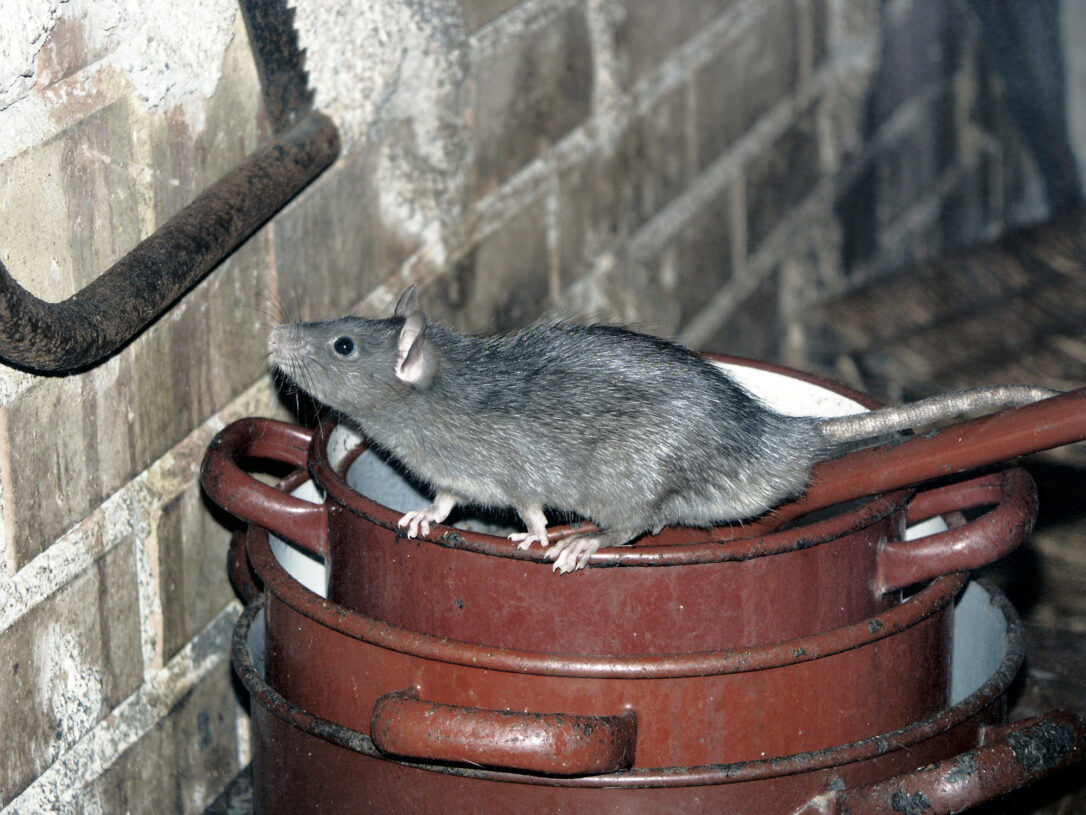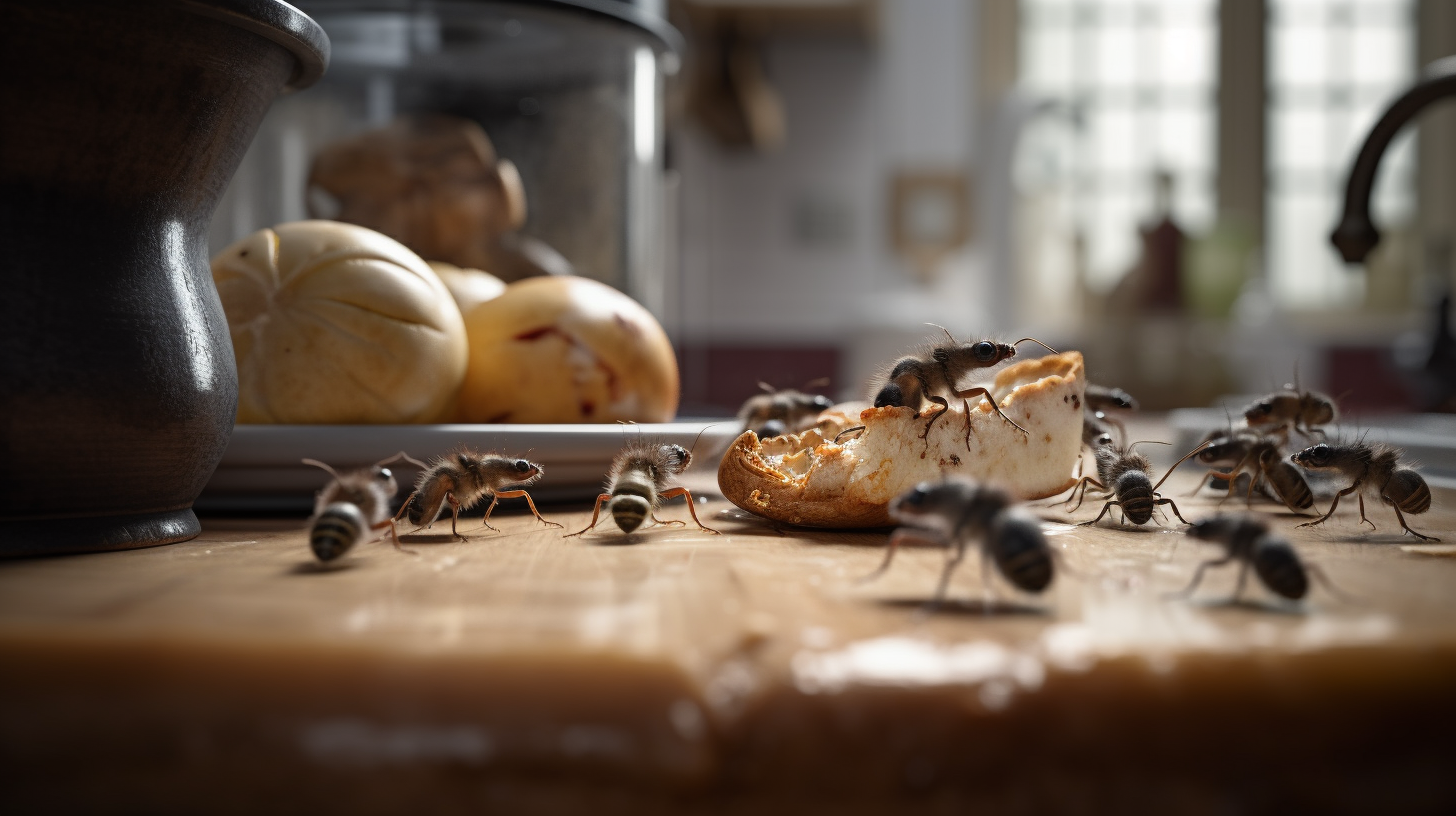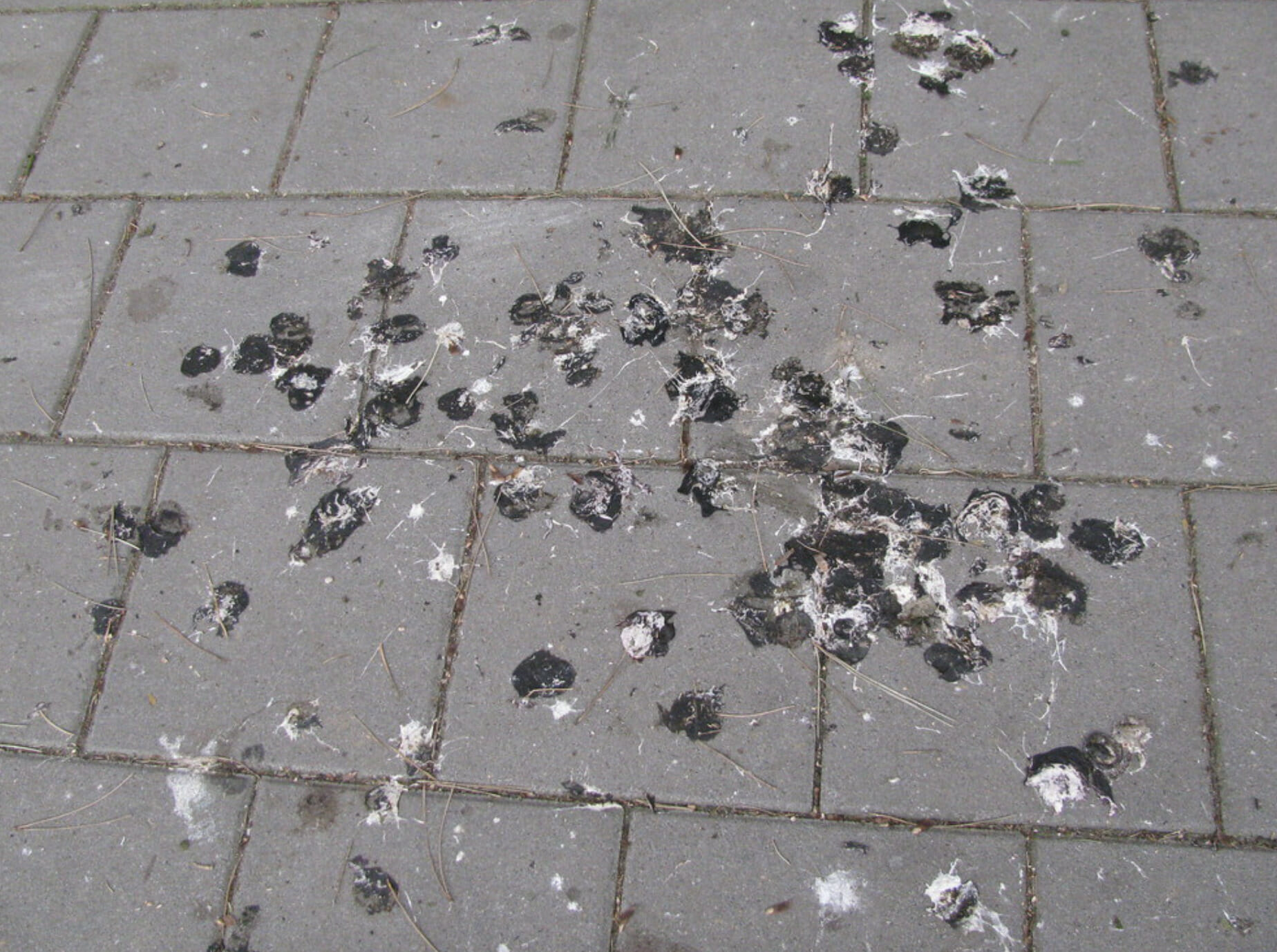Table of Contents
Rats are a common household pest, notorious for their rapid breeding, agile nature, and destructive habits. As a pest control professional, understanding where rats nest is crucial for effective management and eradication. Let’s delve into the secret life of rats, their nesting habits, and preventative measures.
Unearthing the Rat’s Natural Habitat
Rats are incredibly adaptable, capable of thriving in diverse environments – from urban cityscapes to rural farmland. In their natural habitat, rats tend to favour two types of locations: burrows and elevated spaces.
Subterranean Homes: Burrows
The majority of rat species, particularly the Brown rat (Rattus norvegicus), prefer to burrow into the earth. These burrows provide shelter, concealment from predators, and a safe space to raise their young.
High and Dry: Elevated Spaces
Tree rats or roof rats (Rattus rattus), on the other hand, are excellent climbers and prefer to nest in elevated spaces. They are known to build nests in trees, attics, rafters, and other high structures.
Inside Human Habitats: Common Rat Nesting Sites
In urban environments, rats find shelter within human structures. Here are a few common indoor and outdoor nesting sites:
Inside the House

- Attics and Lofts: These spaces provide a quiet, undisturbed location for rats to nest. Insulation material can be repurposed as nesting material.
- Walls and Ceilings: Rats can chew through materials to create a comfortable nesting area within the walls or suspended ceilings.
- Basements and Crawl Spaces: Dark, secluded areas like these are attractive to rats, offering a safe haven from human activity.
Outside the House

- Garages and Sheds: These structures can provide shelter from the elements, especially if they are cluttered or rarely cleaned.
- Gardens: Compost heaps, garden sheds, or undergrowth can make an attractive nesting site for rats.
- Drains and Sewer Systems: Rats can navigate through intricate sewer systems and often nest there due to the availability of food.
Deterrence and Prevention: Keeping Rats at Bay
Understanding where rats nest can inform your pest control strategy. Here are a few preventative measures to consider:
- Seal Entry Points: Rats can squeeze through small gaps. Regularly inspect your property for potential entry points and seal them.
- Clear Clutter: A cluttered environment provides ample hiding spots and nesting material for rats. Regular cleaning and decluttering can help deter them.
- Proper Waste Management: Store food and waste in sealed containers to reduce the availability of food sources.
- Professional Pest Control: In case of an infestation, professional pest control services can offer effective and comprehensive solutions.
Conclusion
Knowing where rats nest is integral to effective pest control. From burrows in the earth to nests in our homes, these adaptable creatures can make a home almost anywhere. By understanding their habits, you can take proactive steps to protect your property and prevent an infestation.
Frequently Asked Questions
What types of locations do rats prefer for nesting?
Rats are incredibly adaptable and can nest in a wide variety of locations. In nature, they favour burrows and elevated spaces. Within human habitats, they can be found in attics, lofts, walls, basements, garages, gardens, and even sewer systems.
What materials do rats use for their nests?
Rats use a variety of materials for their nests, depending on their location. In the wild, they dig burrows in the earth. In human structures, they may use insulation, paper, fabric, plant matter, and other readily available materials.
How can I prevent rats from nesting on my property?
Prevention strategies include sealing potential entry points, reducing clutter, managing waste properly, and considering professional pest control services if necessary.
Why do rats nest in human homes and buildings?
Human structures shelter rats, protection from predators, access to food, and a relatively undisturbed environment, making them attractive nesting sites.
Are rats more likely to nest indoors or outdoors?
Rats can nest both indoors and outdoors, with the location often depending on the availability of food, shelter, and the particular species of rat. Brown rats, for example, are more likely to burrow outdoors, while roof rats may prefer loft spaces.
You may also enjoy reading this article
Was This Article Helpful?
- Please provide feedback and comments to help us improve our content.
- Share your experiences and any additional tips you have for dealing with pests.
Share this Post




Comments 1
Outstanding quest there. What happened after? Good luck!